A brief description about this Activity.
The contribution of Heinz Kohut’s Self Psychology has enabled clinicians to develop a deeper understanding of narcissism as a result of impaired attachment in childhood leading to deficits in the structure of the self. This is primarily due to unmet mirroring needs in childhood and lack of empathic attunement, or due to severe traumatisation, abuse or neglect. In addition, narcissistic injury can also occur as a result of relational trauma in which the child is excessively idealised and not seen or accepted for who they are but seen as an extension of the primary caregiver. This training will explore the development of narcissism and narcissistic traits within the context of narcissistic injuries in early childhood. It will distinguish between healthy narcissism and the ability to feel good about ourselves and dysfunctional narcissism which is predicated on unmet mirroring needs in childhood leading to false, or compensatory self-structure such as a grandiose sense of self-importance, arrogance, compulsive narcissistic displays, and sense of entitlement, or need to please others. This is often underpinned by a famished sense of self, and an abyss leading to boundless mirror hunger that can only be assuaged or soothed through the attention and validation from others. The workshop will consider the various types of narcissists including the grandiose, or type one narcissist, the vulnerable, or type two narcissist, as well as the communal, or the people pleaser narcissist, and the malignant narcissist and how these can be conceptualised as adaptations and responses to trauma and attachment deficits. In linking narcissism and narcissistic traits to childhood trauma, practitioners will be more equipped to work with trauma induced narcissism and narcissistic injuries. This will enable them to provide a more empathic therapeutic space in which to enable survivors to reclaim the abandoned self by providing unmet mirroring needs through empathic attunement and sensitive responsiveness and non-shaming practice. We will specifically look at: The distinction between healthy narcissism and dysfunctional narcissism Link narcissism to narcissistic injuries to early childhood trauma, neglect, and relational trauma through Kohut’s Self Psychology The role of shame and dissociation in the development of narcissism How to identify different types of narcissists and narcissistic traits. Conceptualising narcissism on a spectrum ranging from domineering and extroverted to introverted and neurotic. How work with trauma induced narcissism. How to remain empathic when working with narcissism to provide a non-shaming therapeutic space.
Learn more about this Activity.
No Website has been provided for this Activity.
The Provider for this Activity.
